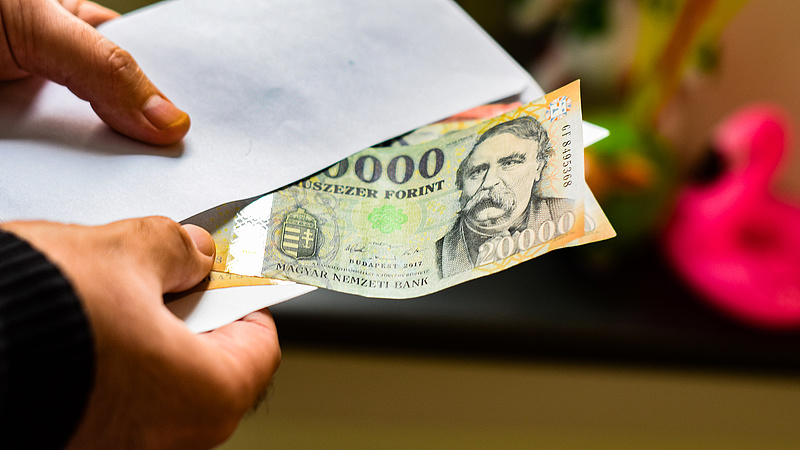According to a new report published by the Economic Policy Institute (EPI), the $7.25 minimum wage, adjusted for inflation, has lost nearly a fifth of its value since July 2009. The 2009 minimum wage is equivalent to $9.17 an hour today. According to the EPI, the minimum wage peaked in 1986, reaching $11.12 in today’s dollars.
In the US, in part because of this, there is still heated debate about the minimum wage, which is already subject to a federal threshold, but states may decide separately on the mandatory minimum wage. President Joe Biden attempted to double the mandatory minimum wage earlier this year when he included it in the $1.9 trillion US bailout. However, the ruling was rejected by a majority of the senators, holding that it could not be included in the conciliation bill. Since then, ten states and Washington, D.C. have passed laws that raise wages to $15 an hour. Delaware on Monday became the latest state to do so since Governor John Carney signed the law into law last week.
Meanwhile, there is no longer a state, county, or city in the United States where a minimum wage worker who works 40 hours a week can buy a two-room apartment. According to a study by the National Low-Income Housing Alliance, a full-time worker can afford one-bedroom rent in only 7 percent of the state’s counties.
Democrats have also reintroduced the Pay Increase Act this year, which will raise the minimum wage to $15 by 2025. The bill has 199 supporters in the House and 37 supporters in the Senate, but it has yet to be voted on. That is, there is a lack of legislative consensus behind this, and while Joe Biden has already indicated his willingness to put in place a presidential implementing regulation on the issue, he is unlikely to do so when
Ben Zipperer, EPI Economist, said: Newsweek regarding its meaning. With these considerations in mind, the EPI found that the minimum wage in early 2021 was 21 percent lower than it was 12 years ago.
The situation is better in Hungary
Even if the above items become more expensive in Hungary, domestic workers are in a slightly better position than their counterparts in the United States. Since 2010, the total Hungarian minimum wage has increased by 127.8 percent, while the net has also increased by 84.8 percent. Meanwhile, the inflation rate was 32.4%.
Prices for individual product and service categories changed differently: food prices, for example, increased by 42.3 percent by 2021. At the same time, rental real estate – a KSH and ingatlan.com According to a common metric – in January 2021, the gross national rent index was 127 percent of the 2015 base period; This is 13 percent less than the same period last year. In Budapest, meanwhile, the core index for 2015 was 120 percent, which is 16 percent lower than it was in January 2020. Consumption at that time may be due to reduced demand for solvents due to the coronavirus epidemic.
In other words, Hungarian income earners are in a better position – especially if we take into account that the total minimum wage in Hungary also includes health insurance – but according to a study published by Eurofund in June, the economic situation in the European Union is precarious due to the pandemic. Minimum wage increases have been curbedThe national currency averaged 3 percent this year, compared to 8.4 percent last year. It is clear from the organization’s data that the Hungarian minimum wage in euros was lower by 2021 compared to last year, and only the Bulgarian minimum wage was lower than it. Compared to the leading advantage in Europe, it may not be enough, as Prime Minister Viktor Orban set as a goal, to increase the Hungarian mandatory minimum earnings to HUF 200,000. About raising the minimum wage at home They started in September to reconcile.












































